|
There are well-mannered plants (good) and invasives (bad)... and then there are those plants that are charming, beautiful, useful, even irreplaceable in your garden for many reasons. But they're rambunctious. They spread a bit much, they reseed with abandon, they just cause extra work and headaches. And yet, and yet... we can't quite banish them. As the weather warms, up come seedlings of many of these that reproduce as annuals, requiring not planting but editing... decisions must be made as to how many of the sometimes thousands of progeny are to remain. It's tempting to leave them alone and not sacrifice any, but not the best practice horticulturally, as overcrowding prevents strong plant development and flowering. But easier said than done, of course. Every year I have the best intentions of thinning the Opium Poppies, but there's so much else to be done during that time that I never quite get around to it... and inevitably the plants that have seeded in unlikely spots, alone and unmolested by their peers, have the most beautiful foliage, and the largest and loveliest flowers. Then there are the spreaders, mostly perennials, that are what the great plantsman Tony Avent calls, "not exactly invasive, just overly friendly." Curbing their enthusiasm is a regular annual task, but a little shovel pruning does the trick and provides plenty of pieces to be given away, potted up for donation to plant sales, or used in other parts of the garden. It's all a matter of taste and balance, but there's no doubt that some plants that cause us extra work and worry are just indispensable. Here, in no particular order, are a few that I can't garden without, despite their willful dispositions . . . Verbena bonariensisThis is one of the trendiest annuals of the last few years, and with good reason... super easy to grow, self-sowing, heat and drought tolerant, a good color, pollinator friendly, and nothing else looks quite like it. A native of South America, but there are similar though less showy species here in the US, so it looks reasonably at home here and not obviously exotic. I find it very useful in informal plantings where it complements grasses and grows tall enough to stand above all but the largest ones. Seeds itself generously but I always seem to be able to use the extras somewhere, easily transplanted as they are. Pinching the top of young seedlings or those wilting from a move will yield a nicely bushy, more floriferous plant. The one drawback I can think of is that the seedlings really look like weeds, so edit with care until you learn to recognize them. Forget-Me-NotsHard to imagine that anyone could consider Myosotis sylvatica invasive, but I've heard some gardeners say so, and indeed it's listed as a Noxious Weed by some midwestern states. Hummmph. I like that it travels all over the garden and don't find it hard to pull up or hoe out where it's not welcome. Pools of sky blue for almost a month starting in mid-May, dainty and gauzy filling around taller plants like the Japanese Woodland Peony above. Its biggest drawback, in my opinion, is the less-than-lovely phase it must go through after flowering in order to ripen its seeds. But I find that even if I remove 90% of the plants at that point, there will still be plenty of reseeding to continue the colonies. It won't stay put, however, so don't count on it being in exactly the same spot every year. Needs moist soil and will tolerate full sun but lasts longer with a little shade. Also great around and among Hostas, whose expanding leaves will help mask the post-bloom seediness. Anemone canadensis This innocent looking wildflower would appear on many gardeners' invasives lists, because like most Anemones it spreads by underground runners and is a tough American native. I've seen it run amok in a flower bed, so don't plant it there. But at our place it isn't uncontrollable, maybe because I use it in the shade underneath shrubs and large grasses where little else will grow. It spreads vigorously and suppresses most small weeds, and provides its fresh and charming single white flowers for a couple of weeks in late May, followed by fine-textured foliage that looks nice until frost. Almost impossible to find in a nursery, but anyone who has it will probably be happy to give you a bucketful. Opium PoppiesAlso known as Bread Seed Poppy or Lettuce Poppy, Papaver somniferum has been cultivated for millennia, valued as a garden ornamental but also as a food plant (the seeds) and as a pharmaceutical (the latex sap). Only certain strains produce enough latex to harvest, but all of them produce prodigious amounts of seed, so three or four pods left to ripen will ensure hundreds of seedlings the next year. These need to be thinned to allow the plants, which become quite large and leafy, to develop properly... a task I can never seem to manage. Nevertheless there are always plenty of blooms, and for the past several years I've been selecting the colors I like best, marking those plants, and allowing them to ripen their pods fully. All the others get pulled out ruthlessly after they flower and replaced with heat-loving annuals and tropicals that occupy the space until frost. The default color seems to be an attractive lavender-pink, sometimes with fringed petals, but I'm selecting for the jewel tones... deep violet, true red, intense coral. A good color to start with is 'Lauren's Grape', available from Select Seeds https://www.selectseeds.com/Search/papaversomniferum.aspx which also sells several other nice colors, including a pure white. The seeds need cool soil and a bare patch of ground to come up but once you have them going they'll pop up everywhere, as they do here... in the paths, the cracks in pavement, even out in the chicken yard (not sure how they got there). Having a taproot, they're difficult to transplant, but easy to remove where they're not wanted. The individual flowers only last two or three days but there are usually multiple buds on each plant, and the pods that are allowed to develop are decorative in their own right, and fascinating in their complex structure. ValerianValeriana officinalis is called Garden Heliotrope, and it does indeed share that plant's warm vanilla-ish fragrance. Often included in herb gardens because of its use in treating anxiety and insomnia, it can become a problematic spreader if planted in rich, moist soil, but I find it fairly easy to control by deadheading and removal of some outer rhizomes annually. I love its old-fashioned look, and when it runs up to bloom, nothing else is quite so vertical. The ferny foliage remains handsome and a glossy dark green after the pinkish white flowering in early June. NicotianasI've had a running love-hate affair with Nicotianas, the Flowering Tobaccos. For the past four or five years I've been on a complete eradication binge, annoyed by their massive self-sowing and frustrated by their tendency to cross-breed away from the desired color or form. So they've been going down to the hoe for a few seasons, but just as I've finally managed to eliminate them, I'm feeling charmed again. So I think I'm ready to sneak back in just one... and it's going to be Nicotiana mutabilis, with airy panicles of bloom that hang like little trumpets, changing from white to pale pink to deep pink as they age, all displayed at the same time. Nicotianas are easy to grow, long-blooming and never need to be purchased more than once. Besides mutabilis, other good types are Nicotiana alata (white flowered and very fragrant), Nicotiana sylvestris (tall, with pendant white flowers), Nicotiana langsdorffii (lime green flowers with cobalt blue pollen), and many smaller bedding types in a wide range of colors. CampanulasBeautiful but dangerous, Bellflowers can range from vigorous colonizers to rapacious spreaders. I'll never again make the mistake of planting Ladybells (Campanula rapunculoides) unless it's in a parking lot, and maybe not even there. Her demure spikes of pendant lavender bells belie a ravenous appetite for spreading and her parsnip-like root penetrates the ground a foot or more. Ladylike she is not. Much more manageable are some of the species from China and Korea that mingle in my woodland underplantings without causing so much disruption. I've had Campanula punctata 'Alba' (above) for many years now and I still look forward to its flowering every summer in shady moist ground, where the sprays top out at about a foot tall. In Asia these aren't called Bellflowers but Lantern Flowers, which makes sense too. A newer species I've had for only a couple of years, but I'm liking very much, is the smaller Campanula kinokawamae, with palest pink bells on 8" stems. It wanders in and among small Sedges, Packera, and Golden Filipendula, covering ground and suppressing weeds in a damp area under Hawthorn trees. If you'd like to try it, it's available from one of my favorite quirky, locally owned mail-order sources, Quackin' Grass Nursery in Connecticut... https://www.quackingrassnursery.com/ Bronze FennelOne of my very favorite plants... texture, color, structure, flower form... everything about this beauty makes me swoon. So I don't mind its faults, which are that it often needs staking, and always drops a million seeds. Tufts of brownish-purplish-green emerge in spring and become clouds of feathery foliage by early summer, then onward and upward to the flowering umbels of light greenish yellow, alive with pollinators and the caterpillars of the Black Swallowtail, for which it is a major food. You can eat it too, if you can bear to remove it from the flower border, where it complements nearly everything. All Fennel is beautiful and delicious, but the Bronze version, Foeniculum vulgare 'Purpureum' is the one I grow. You can deadhead in late summer to reduce the seeding, but whatever sprouts unwanted in spring is easily dispatched with a hoe or cultivator. VioletsSweet and old-fashioned, Common Violets won't impress a plant snob but I think they're very useful to fill in around larger perennials in naturalistic plantings. As you may have noticed, they're one of the earliest perennials to be visited by bees and other pollinators. Also, they're free, coming up all over most everyone's lawn. Ours were all deep purple but a friendly gardener shared some white ones with dark centers, so now they mingle together. They reproduce by seeding as well as by runners so they can cover a lot of ground in no time... ground that would otherwise be colonized by weeds. And since they're free and plentiful I never feel guilty about pulling them up where I don't want them any longer. Amsonia hubrichtiiSome people say they have a hard time getting this plant established, but it's practically a nuisance with me, liking my soil enough to reseed madly around the mature plants. I don't mind because there's always someone who wants a few, once they see the sky-blue flowers in June or the yellow foliage in the fall. Plus if you let some of the seedlings develop you'll get interesting color variations... I now have a pure white and a smokey grey flowered version in addition to the clear blues of the original plants. The seedlings have a taproot but are so drough resistant that they transplant easily and recover quickly. I love their willowy form and feathery texture after flowering, but I understand they can be sheared back if a more compact shape is wanted. Native to the Ouachita Mountains in Arkansas but perfectly hardy here. PerillaPerilla frutescens is the Shiso, a plant used extensively in Japanese and other Asian cuisines, and in traditional Chinese medicine. There are both green-leafed and red-leafed forms, as well as a variegated version sold as 'Magilla'. Also called Chinese Basil or Beefsteak Plant, it's a mint family relative but grows from seed and has a fibrous, not a running, root system. And seed it does, by the hundred (maybe thousand!). But I use it as a filler plant, so I like to have lots, and the unwanted seedlings are easy to see from a very young age and easy to remove. Just think of it as a free Coleus! Like Coleus, it benefits from being cut to half its height around the 4th of July so it stays nice and bushy for the rest of the growing season. Garlic ChivesMany members of the Allium tribe are very accomplished self-sowers, so you've got to keep an eye on them and deadhead the most prolific. Which is hard to do because they often have decorative seed heads that it's tempting to leave in place through the winter. With most Alliums, I do leave them up, but I learned my lesson with Garlic Chives, Allium tuberosum, and now religiously decapitate it soon after bloom. It still spreads reliably via offsets so I'm thinking it might be a good candidate to plug into a meadow style planting... if fact I know a spot on my regular route where it grows on a ditch bank beside a busy highway. We keep a patch in our herb bed, close to the back door, for use in lots of dishes (omelettes, in particular) but it's the clean, cool white heads of bloom that I appreciate the most, coming as they do at the hottest time of the summer. VerbascumsCommonly called Mulleins, most Verbascums are prodigious self-sowers, as evidenced by the roadside colonies one sees, and the garden varieties are no less fecund. I spite of the thinning that must be done every spring, I wouldn't want to be without them, because few plants offer the same comportment... bold rosettes of large leaves, often furry or silvery, above which are carried tall spikes of bloom, each flower small but in mass quite effective. There are many good kinds that must be grown from seed or received from another gardener; rarely are they available in nurseries. I've had lots of them over the years, but my favorite right now is Verbascum chaixii 'Album', a white flowered form of the Nettle Leaved Mullein, which is typically yellow. It thrives in my sunny dry terrace beds, blooms for more than a month, and the white flowers with purplish centers seem to go with everything. To my eyes, Verbascums look equally at home in a cottagey mashup or in a formal perennial border, which you can't say about every plant. Euphorbia myrsinitesDonkey-Tail Spurge is one of those "cute" plants that always catches the eye of children and novice gardeners, in other words people who aren't jaded plant snobs (yet). It's also one of those plants that's tricky to get started, but once going it will be with you for the long haul. Like all Euphorbias, its acid yellow flowers are a visual tonic early in the season, and they complement the coarse silver foliage, which looks sharp but is actually more rubbery to the touch. It loves to grow in scrabbly, dry and gravelly areas, so use it there instead of a rich garden bed, where it tends to rot. It also won't stay put but insists on traveling around and planting itself where it wants to be. Cute, but capricious. Bearded IrisI include these in my list not because they spread problematically but because they need division every few years, and they're so beautiful when they bloom that it's hard to just throw away the extra rhizomes. This old farmstead variety is Iris pallida, the Dalmatian Iris, and I love it because it flowers so reliably and fragrantly around Memorial Day, and the silvery leaves stay mostly undiseased for the rest of the season (unlike many of the modern hybrids). Bearded Iris like to bake in a dry spot during the summer, and there are hundreds of named varieties from which to choose. If you want to see some really ravishing cultivars, check out the Benton Irises, developed by Sir Cedric Morris, a famous British artist and plantsman. https://www.gapphotos.com/featuredetails.asp?view=sir-cedric-morris-irises-national-collection-&featureref=3029
Whether they spread by offsets, runners, rhizomes or seeds, these are plants I can depend upon to never be without... even if they move around a bit each season, or ebb and flow in numbers from year to year. This unpredictability might annoy tidier gardeners, but it fits my current garden aesthetic, which seems to become freer, looser and less controlled as I age. Undoubtedly as it should. This is a very personal list, reflecting not only my preferences and prejudices, but also what thrives... sometimes a bit too well... in my garden's particular conditions. Your list of troublesome but beloved plants is surely different, and will reflect your tastes and your garden's ecology. But we can all agree that some plants, like some people, charm us enough that we overlook, tolerate, and even celebrate their flaws. It's worthwhile to keep on cultivating both.
2 Comments
1/29/2021 08:55:58 am
Problem children are still children. There is a negative connotation when it comes to them, and that is what I hate the most. As adults, we need to work on trying to be the best people that we can be for them. If we are not trying to even help them, then how can we even be considered as adults. I am only saying this because it is what I am most passionate about. This is all that I can talk about at the moment.
Reply
1/24/2024 12:15:12 am
Jack Listens is a renowned food department store in the United States that values customer feedback. To ensure customer satisfaction, Jack Listens offers a survey at https://jacklistenscom.page/. By participating in the survey, customers have the opportunity to win two Tacos coupons as a token of gratitude. This incentive encourages customers to provide their valuable feedback, enabling Jack Listens to improve their offerings and enhance the overall customer experience.
Reply
Leave a Reply. |
Welcome to Sempervivum, an opinionated, sometimes informed and completely unqualified journal of gardens, plants and plantings by artist-gardener Robert Clyde Anderson. Archives
October 2021
Categories
|

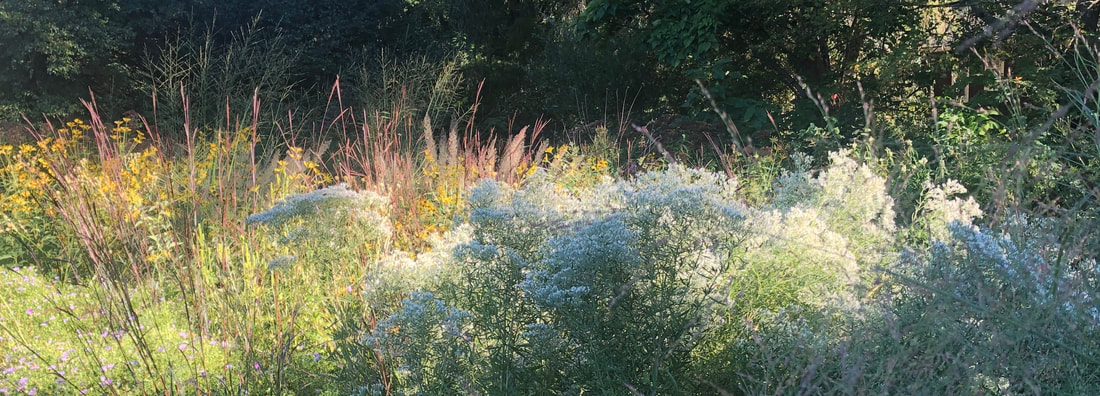
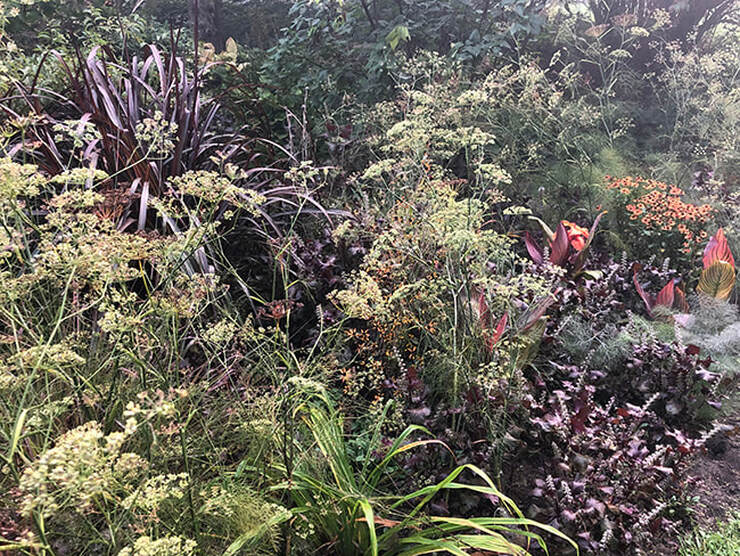
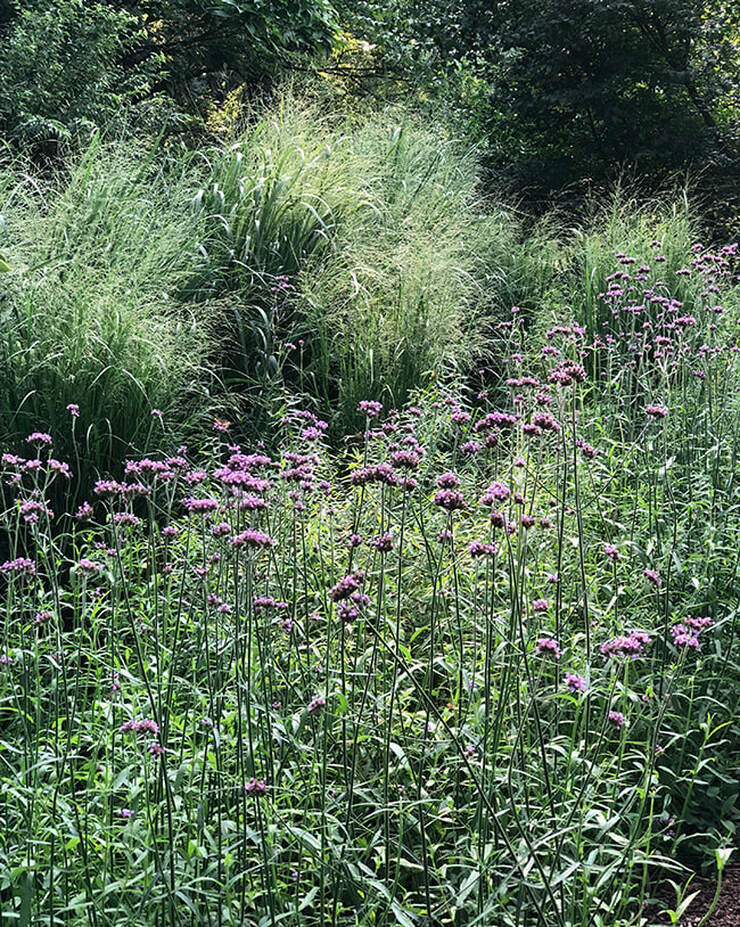
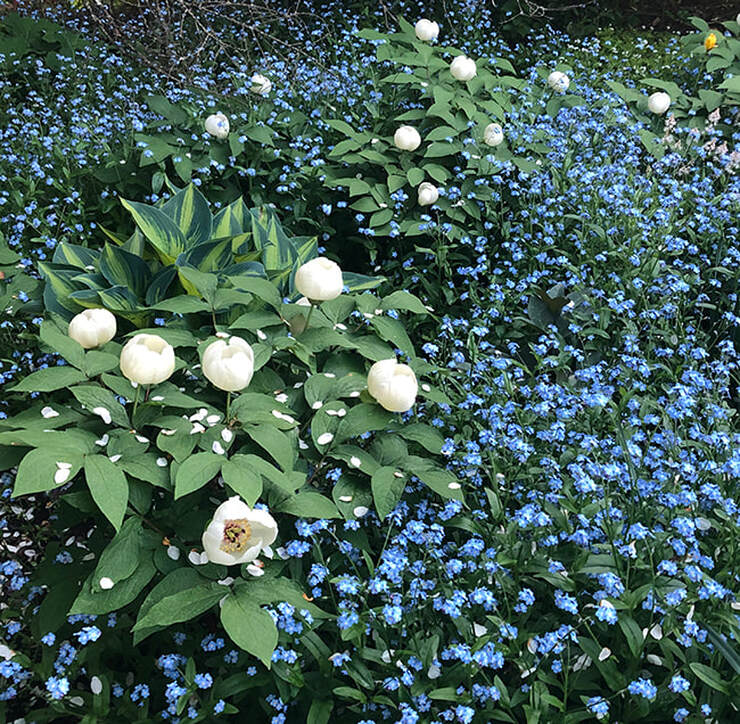
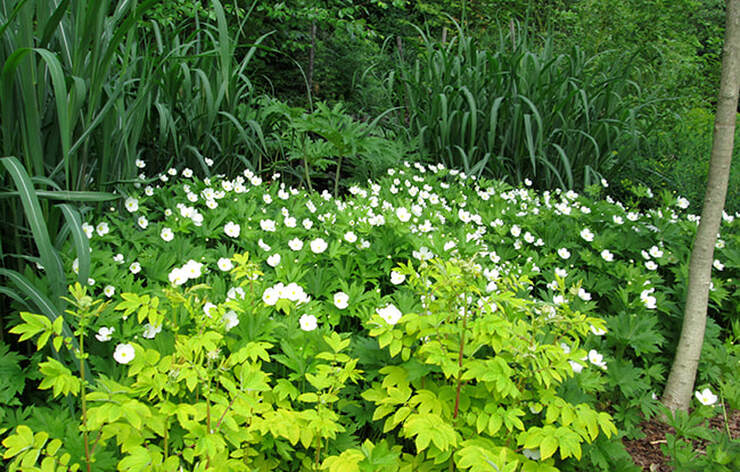
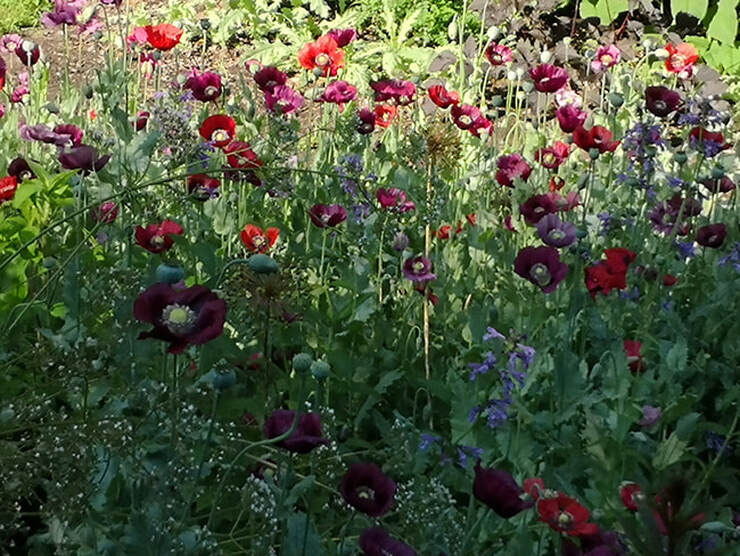
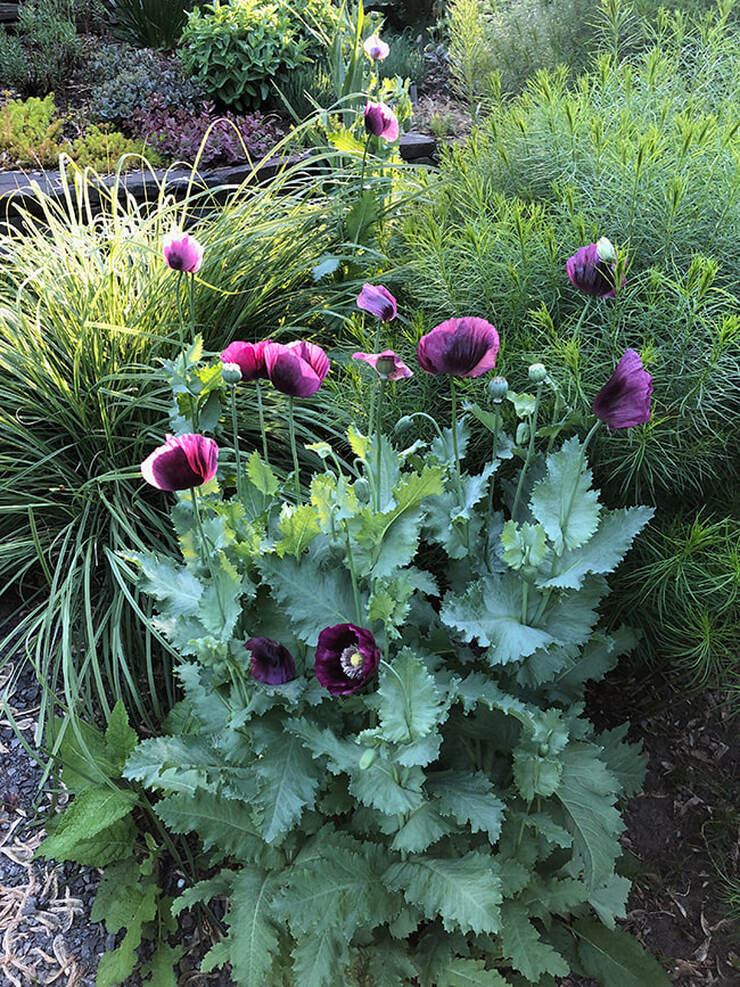
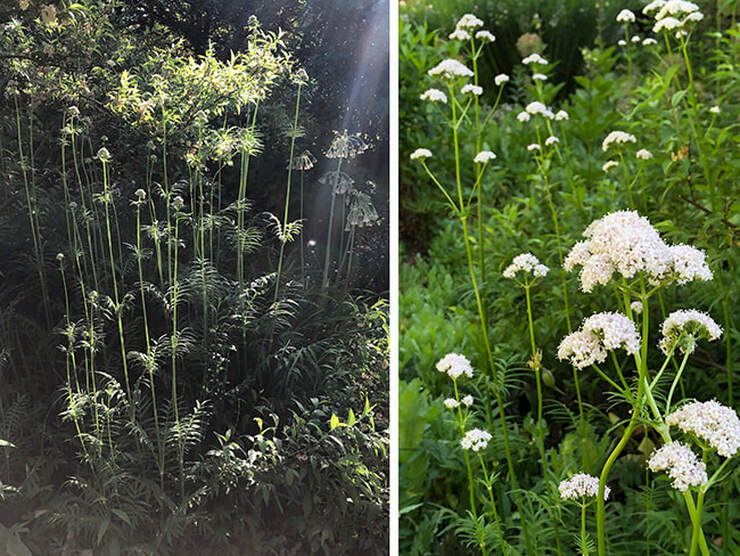
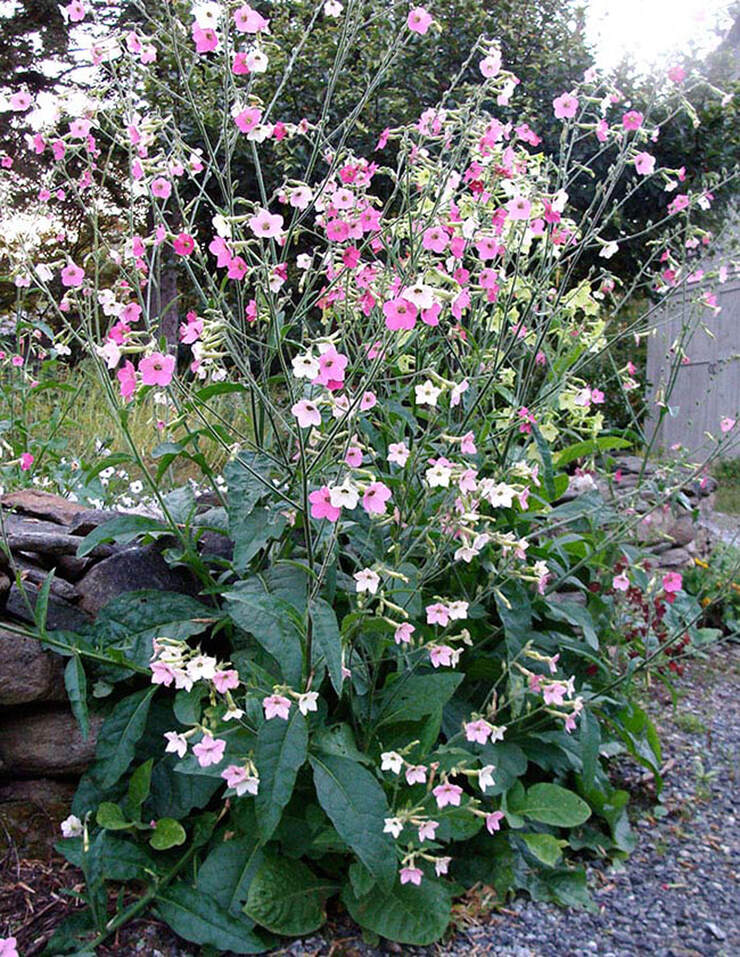
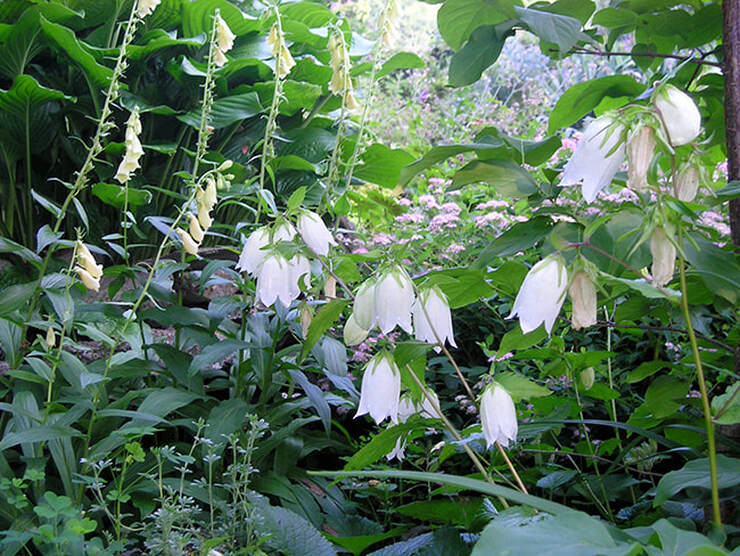
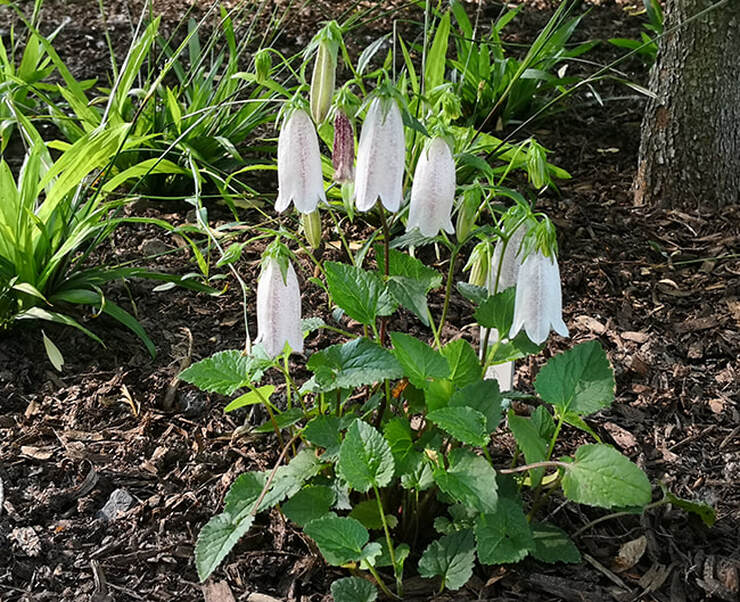
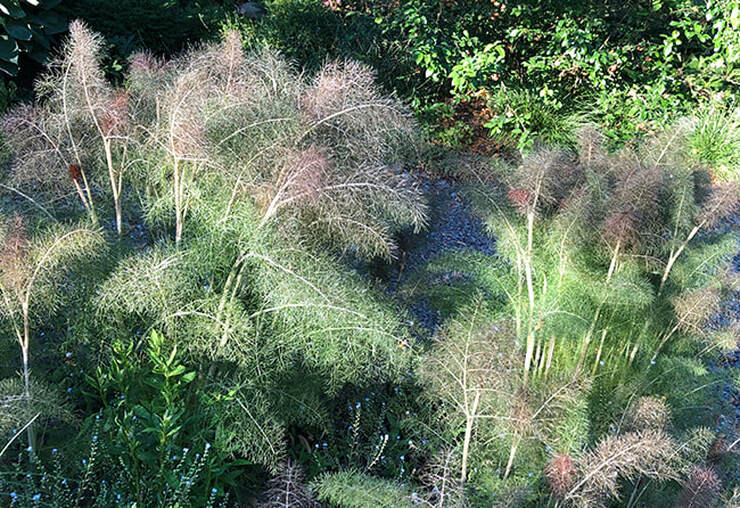
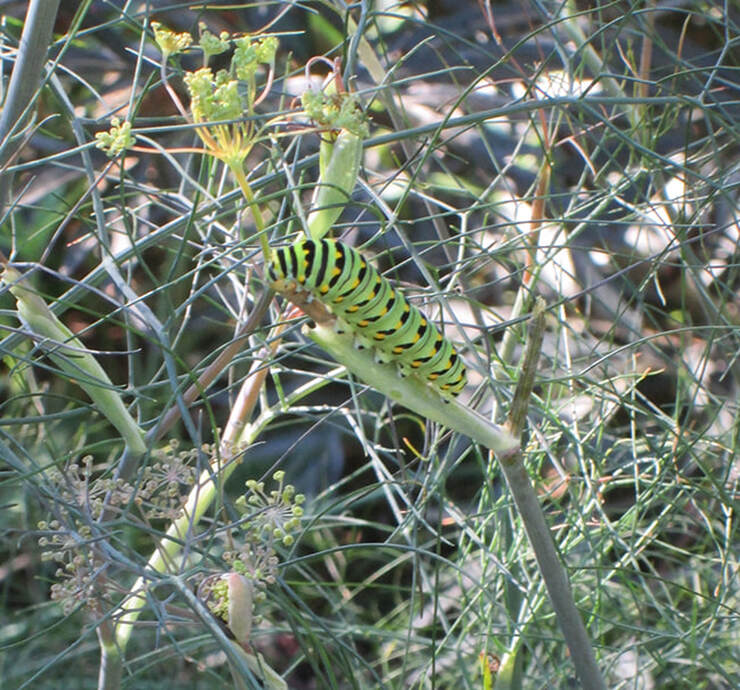
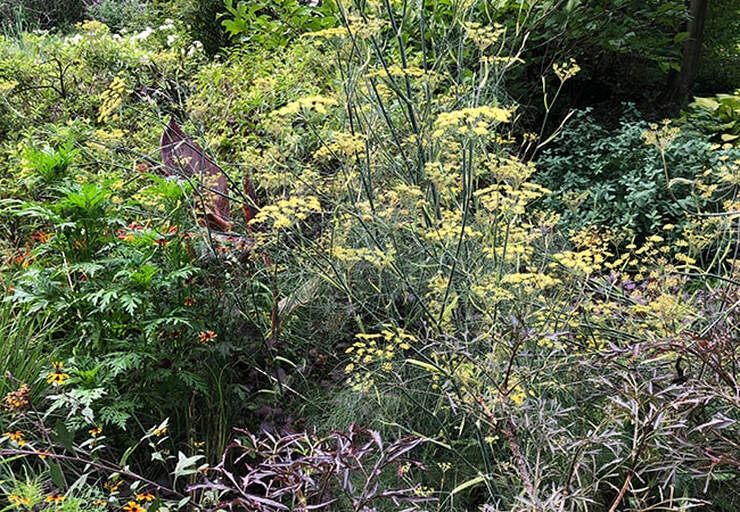
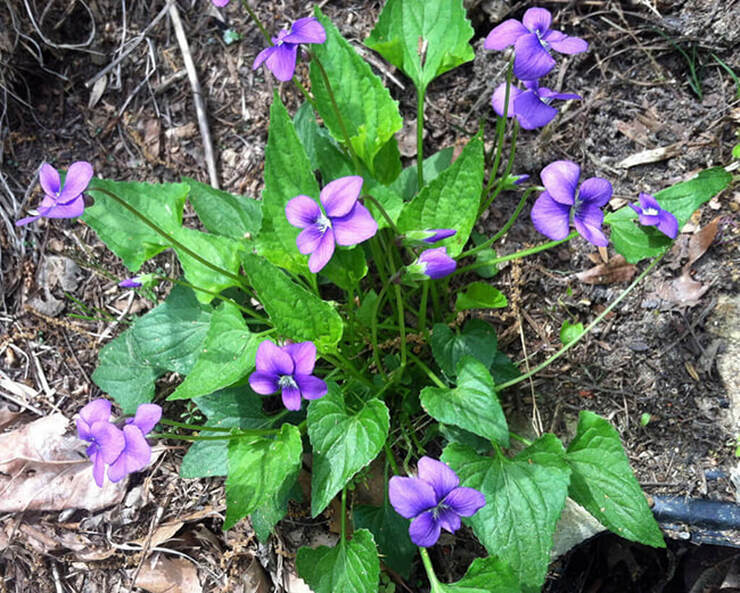
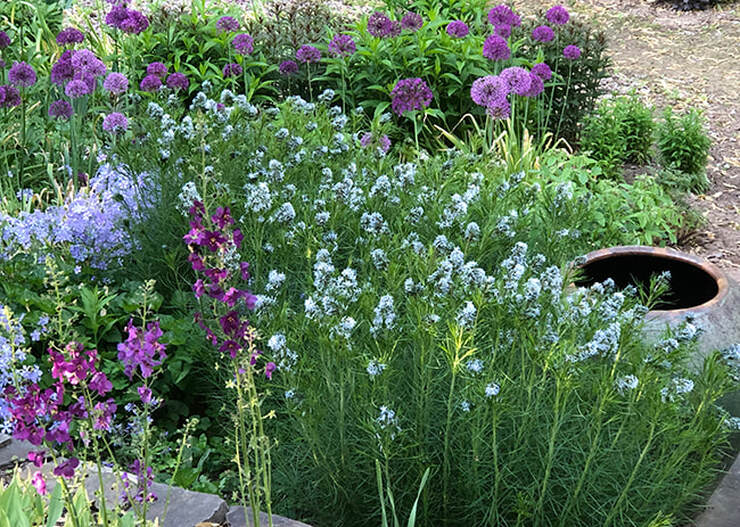
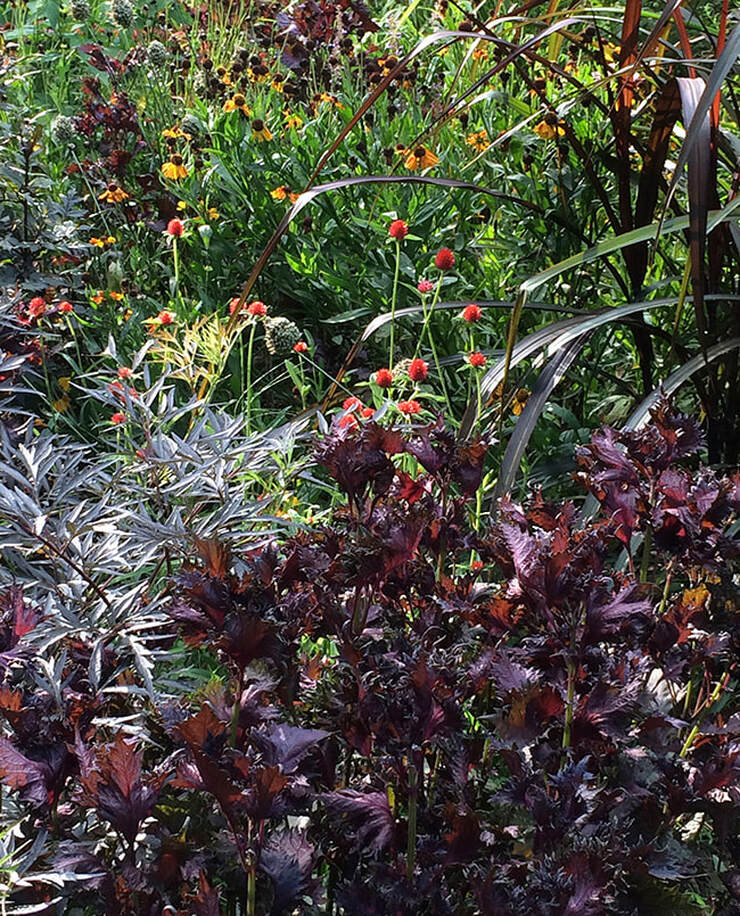
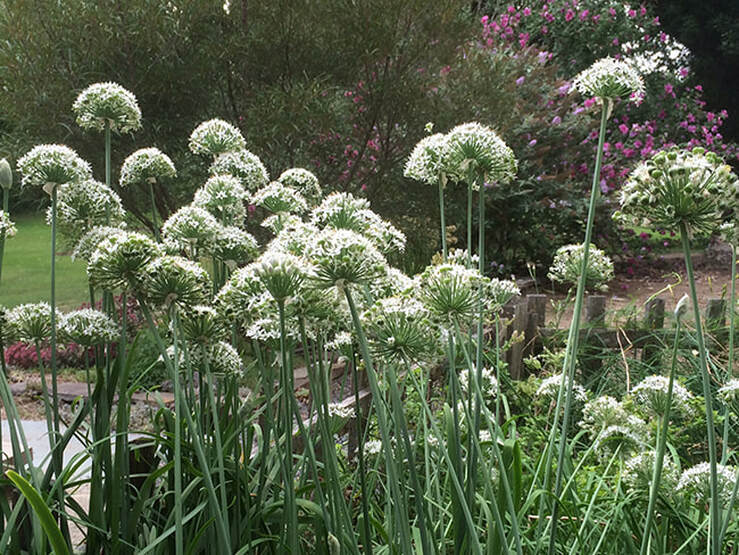
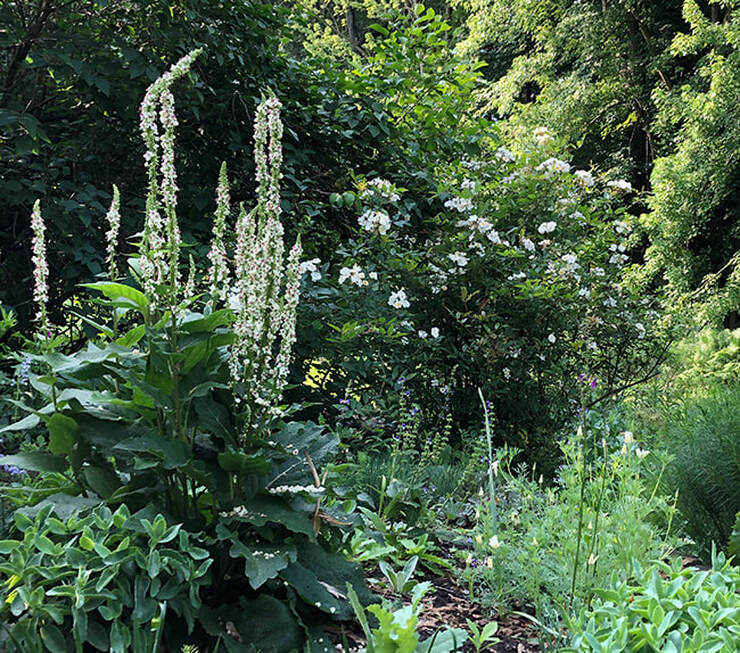
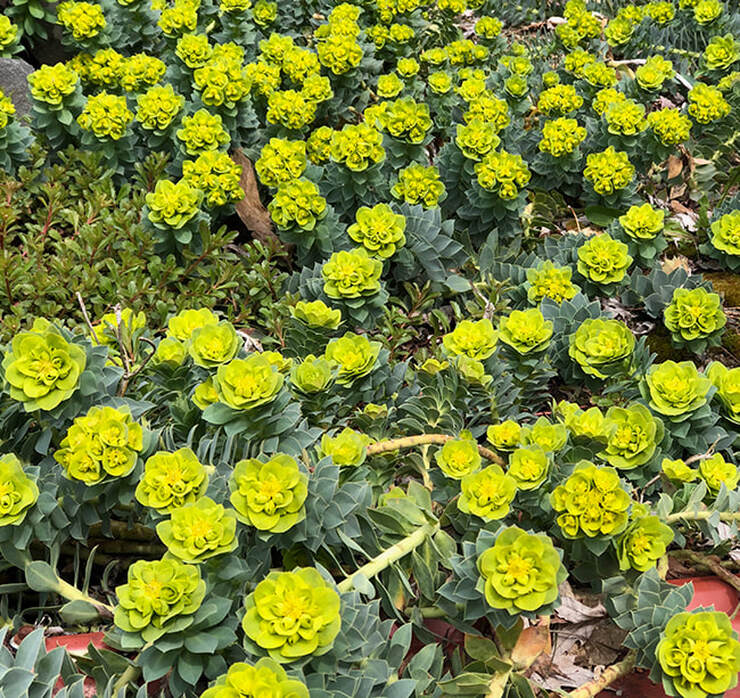
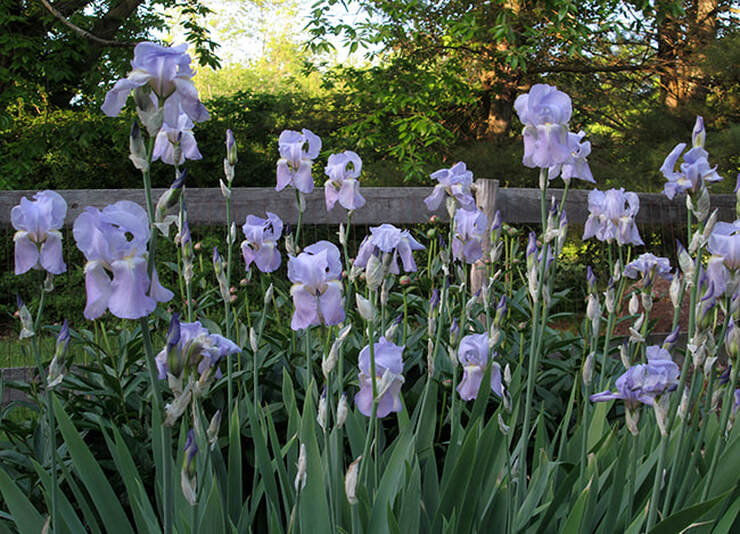
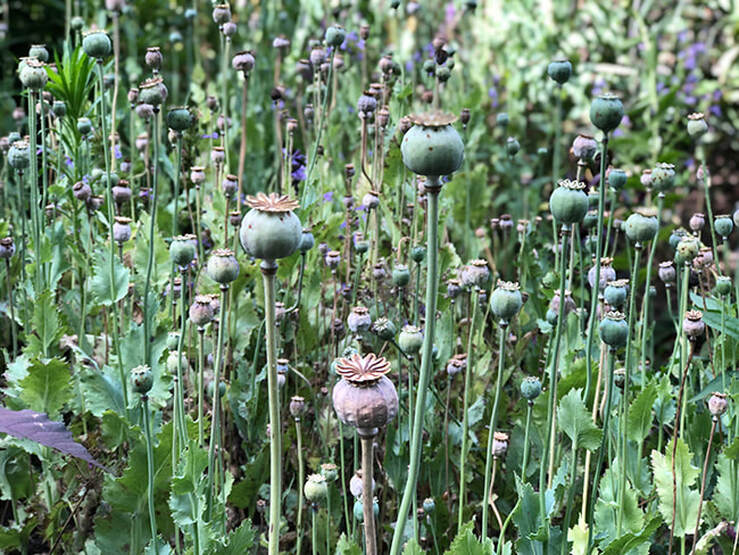
 RSS Feed
RSS Feed